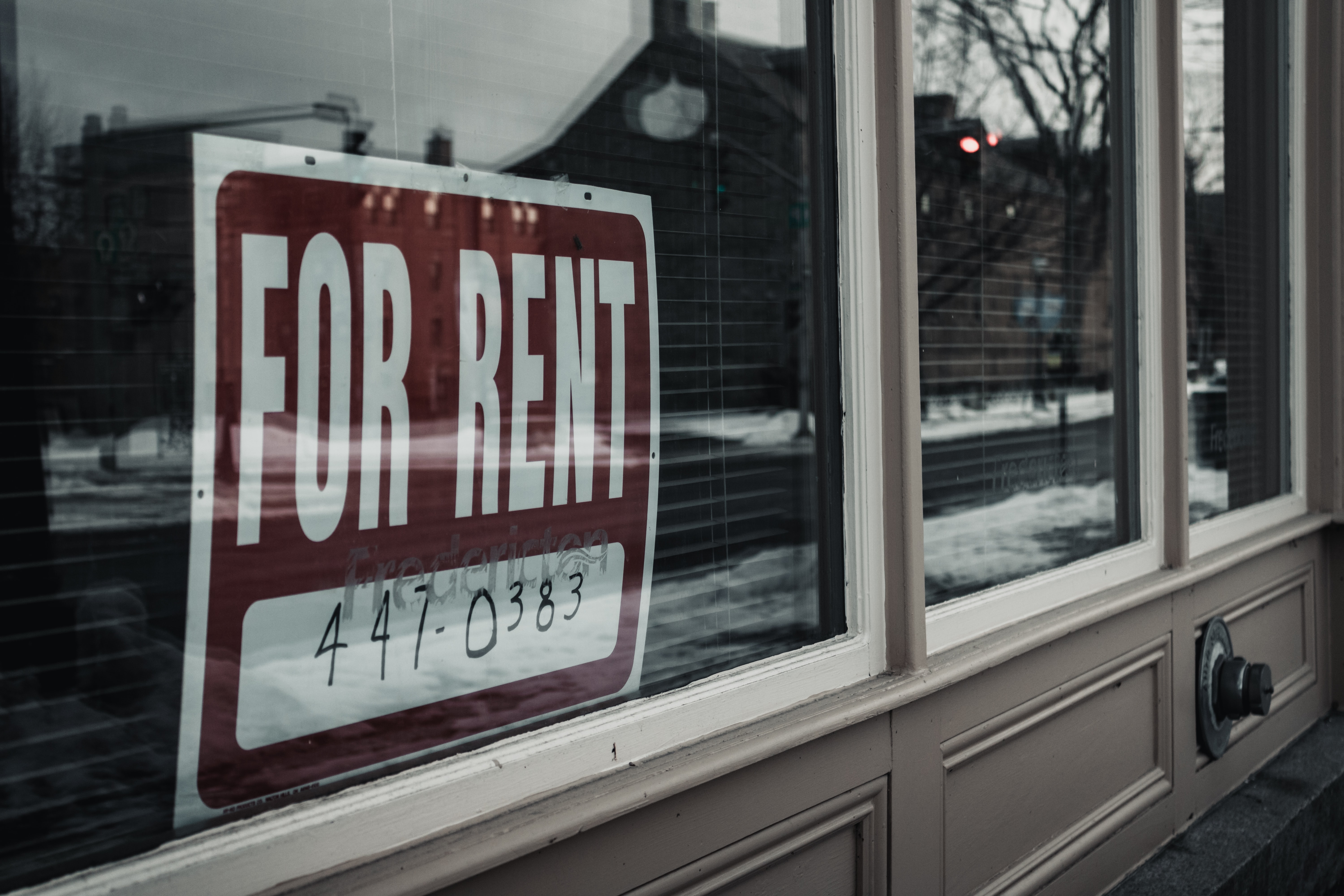
Monthly rent payments and mortgages are singlehandedly one of the biggest expenses in most personal budgets. With the average American dedicating over 37% of their budget towards housing and the rest going towards groceries, loans, and other miscellaneous bills, not a lot is left over for the quality of life expenses (indulgences).
Luckily for the citizens of the Twin Cities, St. Paul and Minneapolis are joining the few across the country that have decided to do something about it.
We're covering everything you need to know about 2022's promise of St. Paul and Minneapolis Rent Control policies.
What is Rent Control?
Rent control is a government program that limits the amount a landlord can demand for rent and renewals, and how much that rent can be increased per year. Its intention is to combat inflation, regulate the housing market, and keep living costs affordable, especially for low to moderate-income tenants. You are most likely to find rent control in cities with high competition for limited low-priced housing including New York City, Washington D.C., and a majority of cities in California. You are also most likely to find rent control laws enacted following affordable housing shortages due to war, economic downturn, or, let's say, a pandemic. The latter is what may be to blame for the Midwest's first rent control measure with Minneapolis and St. Paul attempting to withstand the large annual rent increases seen across both cities.
What you need to know about St. Paul and Minneapolis rent control is that they will look different from each other. St. Paul seems to have beat Minneapolis to the punch by creating Chapter 193A, highlighting what rent control will look like beginning May 1, 2022. According to Chapter 193A, in the City of St. Paul, no landlord is allowed to charge a tenant a rent increase above 3% within a 12 month period. This rate does not exempt new construction and inflation.
What Minneapolis' eventual rent control ordinance will look like is up in the air, as newly instated city leaders were just finally given permission to begin crafting a policy. Research done by the University of Minnesota's Center for Urban and Regional Affairs is guiding the city council's talks and development of the proposed ordinance. Rumors of a 5% plus inflation cap are currently circulating, but only time will tell how the council will weigh pressures from both activists and landlords in 2022. With St. Paul's rent control becoming one of the strictest in the nation, if not world, Minneapolis will have big shoes to fill as everyone will be watching to see how they follow.
History of Rent Increases in the Twin Cities
The high demand for housing, record-low mortgage rates, fluctuating vacancies, lease discounts, and addition of well over 5,100 Twin Cities apartment buildings, has made the housing market for the past two years an interesting place. Residents have ditched the downtown studios in favor of suburban living, only to be slapped in the face with high bidding wars and all cash offers thousands of dollars above asking. That reason alone has kept many players in the rental game with their tail between their legs, suffering from the inflating rent prices. At September 2021, the average monthly rent was $1,320, up 2.1% from a year earlier. Additionally, a near-record amount of 5,750 new leases were signed, not including renewals.
We will be curious to see what will come of the future Twin Cities housing market with the continued preference and shift towards suburban homeowning and the new rent control laws.
Fun fact: The three neighborhoods with the highest rental rates were Como, Dinkytown, and Marcy-Holmes. Coincidentally the three neighborhoods that make up a majority of student housing for the University of Minnesota...
Where to Find Rent Controlled Apartments?
Rent controlled apartments can be a dime a dozen. With 31 states prohibiting local governments from enacting rent regulations — Minnesota included — and a high demand for rent controlled apartments, finding one can be like finding a needle in a haystack. Because the Twin Cities has yet to have a database compiling all the rent controlled apartments available — and technically bring rent control laws into fruition — 2022 and beyond will be a time of more manual searching.
Your network is your net worth and when it comes to finding a rent-controlled apartment the saying holds true, except in this case it can be adapted to 'your network is your rent price.' One way to find or inherit a rent-controlled apartment is from a relationship with an existing tenant. You will usually need to fulfill specific rules, have a family-like relationship, or live in the unit with them for a certain time period before transition, but the odds of being able to lock in the former tenant's rental rate are good. Building a relationship with the management company prior to signing for a rent-controlled apartment never hurts either.
If relationship-building is out of the question, another good way to find a rent-controlled apartment is to look for older buildings, usually ones built before 1985. While rent control affects the potential of the future housing market availability, older apartments can't be unbuilt and the ones that most often have rent regulations in place. It may not be the dream penthouse suite of the newest skyscraper, but what is sacrificed in amenities, is made up for in a good deal on rent.
Effects of Rent Control on Tenants
Rent control tends to work in favor of the tenant by making homes more affordable, preventing tenant displacement, and encouraging neighborhood stability and community connections. With every upside comes a down, however. The fewer money landlords have to meet their maintenance and renovation costs, the less money they have to combat dilapidated living conditions. Dilapidated conditions that could eventually "persuade" a tenant out. On the other hand, if a tenant is living in great conditions in a rent controlled apartment, then the less likely they are to leave, and the less likely you are to snag one during turnover.
Landlords and land developers have also found ways to combat profit lost from rent control by building or converting units into market-rate condos, or raising the rent on their current market-rate units. This results in less available rentals and higher rents overall.
Effects of Rent Control on Landlords
The biggest argument made against rent control is its negative effects on landlords, real estate investors, and developers. According to the Sensible Housing Ballot Committee, "Rent control will be a major discouragement to new housing investment in our core cities." St. Paul's current policy also does not make rent increase exemptions for inflation and new construction, making it less likely for landlords to turn a higher profit. A lower incoming cash flow and minimal investment opportunities creates trouble for landlords and the housing market in general. If prices are forced below the market level, fewer landlords and potential investors will supply it, hurting everyone — tenants, landlords, developers, and the economy alike.
While rent control is seen by some as treating a symptom rather than the problem, we continue to operate in a city — and country — where there are more eager renters than there are affordable places to live. Until then, St. Paul and Minneapolis rent control is the answer that has its proven advantages.
If you are looking to ditch the controversy, confusion, and frustration of renting and rent control, talk to one of our experienced lenders today about applying for a mortgage loan.








